- Joined
- Jul 31, 2014
- Messages
- 19,976
The thing about Hanadama and Tennyo is… Well first - those two designations are for akoya only. There’s no such thing as a “Hanadama South Sea” (PSL will grade non-akoya but the nomenclature is different). And an akoya pearl/pair/strand is only Hanadama if it has a certificate from PSL stating that it has earned the Hanadama designation. Same for Tennyo.
There are some vendors selling
“Hanadama akoya” and “Tennyo akoya” with alternate reports, or with no report. That’s BS - if a pearl/pair/strand doesn’t have the PSL report then it doesn’t get the name. Regardless of quality.
PSL offers reports in two languages: English and Japanese.
If you choose the English language, the only report available for akoya is the Hanadama report. So if you submit your akoya and specify that you want your report in English, your pearl either gets a Hanadama report and earns the Hanadama name, or it doesn’t and it gets no report.
If you choose Japanese there are two reports available for akoya - Hanadama and Tennyo. A meh pearl will get no report, a nice pearl will earn the Hanadama designation, and a really nice pearl will earn the Tennyo designation. This upgrade from Hanadama to Tennyo is automatically and it’s not a separate cost - a really nice pearl will get a Tennyo report and earn the Tennyo name but will not get a Hanadama report as well.
Remember how I said that a pearl/pair/strand is only Hanadama or Tennyo if it has a report stating as such? So
- You can have an akoya that’s Hanadama only. If the Hanadama report was requested in English, this pearl could actually be Tennyo quality, but finding out would require buying an additional report in Japanese.
- You can have an akoya that’s Tennyo only. Since the Tennyo report is an upgrade from Hanadama when you choose the Japanese language, this pearl is necessarily “of Hanadama quality”, but you probably can’t strictly call it Hanadama because it doesn’t actually have a PSL Hanadama report - it’s only got a PSL Tennyo report. But this is a degree of pedantic that even Yssie Stuffy Supreme wouldn’t get bent out of shape over.
- You can have an akoya that’s technically both Hanadama and Tennyo, if say you got an English Hanadama report and decided to recertify in Japanese and this time it earned the Tennyo report. No clue why anyone would actually ever do this though.
Okay so that’s the PSL report situation. But most of us - what we really care about is quality. Not nomenclature on a report. Thing is, most of Japan also cares about quality more than nomenclature on a report!
Other websites and forums will say that Hanadama akoya are the best akoya there can ever be, or that Tennyo akoya are the best akoya there can ever be. I can say with 100% certainty that they’re all wrong: This is a massive oversimplification - so massively oversimplified that it’s flat out false.
PSL for pearls is not like GIA for diamonds. GIA is a trusted independent diamond grading authority whose expertise is world renown. PSL doesn’t command that anywhere close to sort of respect - not in Japan, not amongst East Asian buyers.
The Western pearl boutiques do market PSL as a standard grading authority. For two reasons: First, because there’s literally nothing else that’s close to independent, and second because Western markets don’t have the pearl know-how that East Asian markets do! East Asian akoya buyers don’t need reports to help them choose quality pearls - they can do that by eye and touch.
If a diamond in the US is being touted as high quality but is being sold without a GIA report (or AGS for certain niches), we know to assume that there’s something fishy going on with that stone. If a pearl/pair/strand in Japan is being touted as high quality and is being sold without a PSL report, well, that’s very normal!! Nothing fishy going on there. So there are lots of very high quality akoya that don’t have PSL paperwork.
So are Hanadama pearls the best, or Tennyo the bestest? No. Only pearls that were submitted to PSL get those designations.
And most of the nicest pearls stay in Japan. Or are earmarked for East Asian markets. And those buyers (or those buyers’ trusted agents) buy pearls by eyes and touch - they don’t care about PSL paperwork. So, actually, the truth is exactly the opposite of what all those other websites and blogs and forums claim - most of the nicest akoya aren’t Hanadama or Tennyo!! (But they would be if they were actually submitted to PSL!!)
Okay so back to Hanadama and Tennyo grading.
Hanadama is a range. The bottom of the Hanadama range - the minimum quality of pearl that will earn the Hanadama designation - is (should be) the same whether you request an English or Japanese report. Then, as I said earlier, the English Hanadama report covers all qualities from “minimum to earn Hanadama” to “the best that there ever can be”, whereas if you request the Japanese language at some point on the quality scale the akoya will be upgraded from Hanadama to Tennyo. Tennyo is intended to reflect the best of Hanadama. And of course Tennyo is also a range - which goes from “minimum to earn Tennyo” and “the best that there ever can be”.
To earn a Hanadama report akoya (a single pearl, pair, or a full strand)
Here’s an article from PSL describing Tennyo. It doesn’t really say a lot, but it does explain that the single (like, only one) factor that determines whether akoya are upgraded from Hanadama to Tennyo is performance in the Teri analysis. To earn the Tennyo grade a minimum score of 90 out of 100 is required, but there’s zero public documentation explaining how that score is calculated in the first place so… ::SHRUG:: you can kinda see why people who’ve spent their lives with high quality pearls are skeptical of this whole thing.
- Must be round in shape
- Must have minimal blemishing
- Must have good “Aurora” (test of iridescence) - this isn’t publicly quantified.
- Must have good “Teri” (test of luster) - again, this isn’t publicly quantified.
- Average nacre depth - from surface to nucleus - must be 0.4mm or greater. I’ve unfortunately not been successful in speaking with anyone from PSL to qualify precisely how they measure nacre thickness, but I’m assuming it’s similar in theory to GIA’s process which I outlined in this thread: https://www.pricescope.com/communit...and-uncerted-gem-quality.256212/#post-4858986
http://www.sinjuken.co.jp/image/en.pdf
Here’s a really fantastic paper that explains reflection vs. scatter and how all those fancy images can be interpreted. Highly recommend anyone who’s interested gives this one a read!!
https://www.nature.com/articles/s41598-021-94737-w
So… I feel like I’m meandering here… The reality for Western buyers looking for nice akoya is that the akoya supply chain generally keeps the best goods for East Asian buyers. The pearls that you buy off US-Based-Boutique-X that come with English Hanadama reports, those are usually some of the lowest-quality that could earn the Hanadama designation. Why? Because we Americans (and, yknow, Brits, etc) have a cultural #Thing for paperwork, and because historically we haven’t had any way to know any better, and because we haven’t known any better we haven’t had any appetite to pay for better! In other threads I’ve called these pearls “pre-certified with English Hanadama” - that’s just my attempt at descriptive verbiage, nothing official there!! That situation is changing of course. Now people like us PSers do know what amazing akoya can look like, and we’re becoming more willing to pay for that quality, and vendors who appreciate and enjoy serving those sorts of communities have appeared. Moline and Takahashi come first to mind because that’s who I buy from, I’m sure there are others!
Once an akoya pearl/pair/strand goes to PSL and earns either a Hanadama or Tennyo report, it’s now a Hanadama or Tennyo pearl/pair/strand. But you can send a strand to PSL any time - if you can figure out how to get it to the lab!! I’ve bought pearls called “gem grade” or “top quality” or whatever, without PSL report, and had them sent to PSL after purchase. Sometimes months after purchase. In other threads here on PS I make the distinction between “pre-certified with English Hanadama”, meaning that the vendor sells them to you with English Hanadama report ready to go, and “akoya that happen to have a Hanadama or Tennyo report” - that were specifically selected by expert eye and touch and were later sent to PSL. The former are pretty much guaranteed to be Hanadama at the lower end of the quality range. The latter might truly be some of the best that ever could be. You can’t assume that any pearls that come with PSL reports are examples of the best. They’re guaranteed to be pretty darn good, but the best? No. You also can’t assume that pearls that don’t have a PSL report are of lesser quality. They may be lesser quality, or they may not have been sent to PSL because they were initially earmarked for a market that doesn’t value PSL paperwork. This is where trusting your vendor is critical! In general a US or UK based vendor that has a grading scale that looks something like A, AA, AAA, Hanadama is a vendor whose best goods are pre-certified with English Hanadama, and you can assume that their AAA pearls aren’t going to be secret gemmies that weren’t sent to PSL
In this pic strand #1 is a Hanadama strand that I bought pre-certified with English Hanadama report. #2 is a strand that I bought with Tennyo report. Strand #3 is a strand that I bought uncertified as “gem quality” from Andrew Moline, and he had it sent to PSL for me (I requested an English report), and it earned the Hanadama designation. Strand #3 is clearly of higher quality than both the other Hanadama and the Tennyo. Incontrovertible proof that a Tennyo strand isn’t necessarily the nicest there can be!! And also proof that the mere presence of a Tennyo report doesn’t mean that that pearl/pair/strand is automatically nicer than another pearl/pair/strand with an English Hanadama report. Of course as I wrote earlier this sort of comparison is pretty hokey because #3 would probably have earned the Tennyo designation had I requested a Japanese report. I didn’t understand the - let’s be generous and call them intricacies - of PSL grading at the time. I’ve not seen a situation where akoya with a Japanese Hanadama report are nicer than akoya with a Tennyo report - this should be impossible… But graders are human, I’m sure it’s happened. At the very least it should be very rare!!
As always you are sooooo knowledgable about Pearls! So when you look at the pic I posted on the last page of this thread that ForeKitty kindly translated, what differences do you see between the "hanadama" and "tennyo" strands? Haha I want to train my eyes to be like yours!

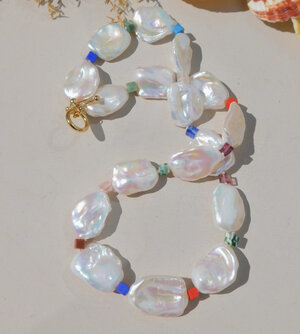
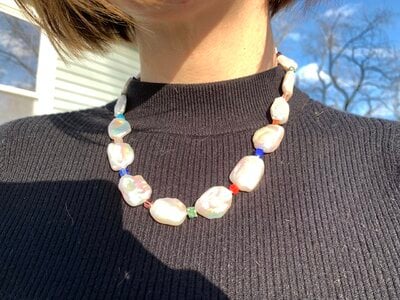
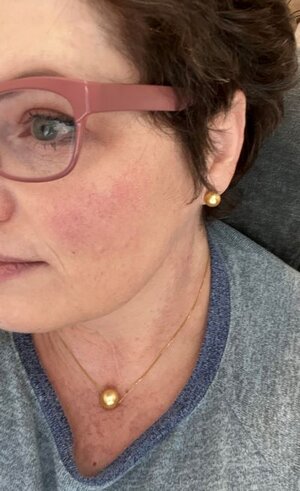
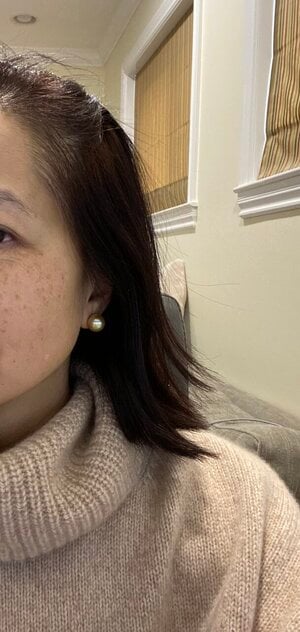
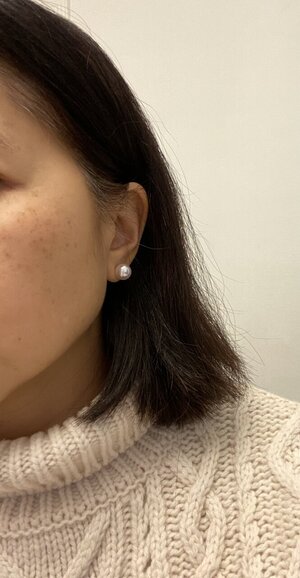
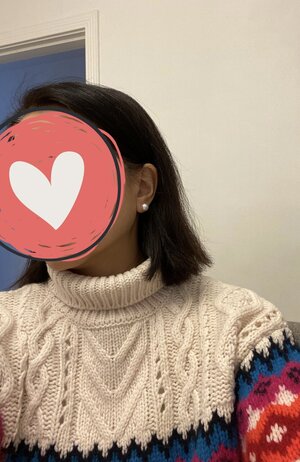
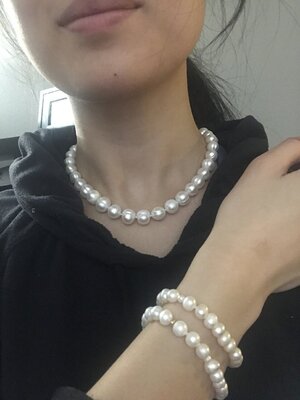
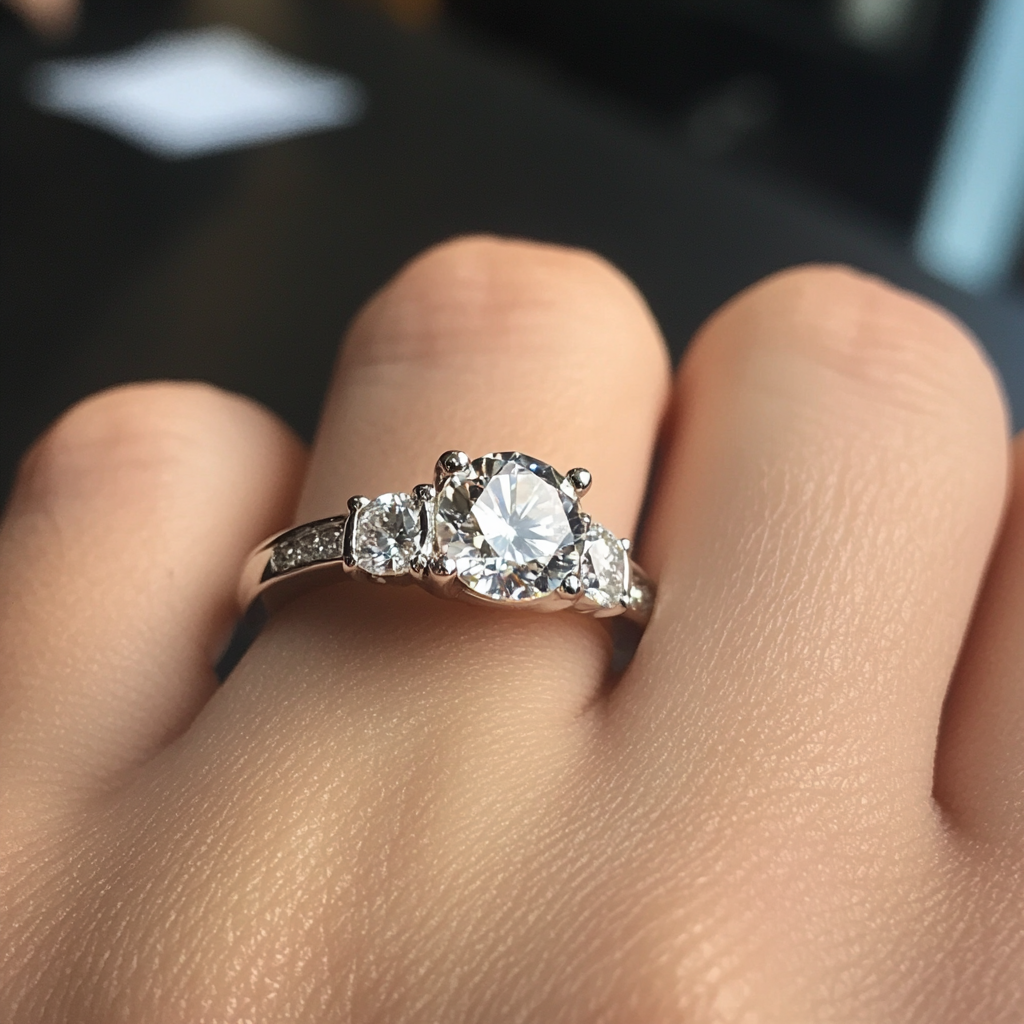

300x240.png)